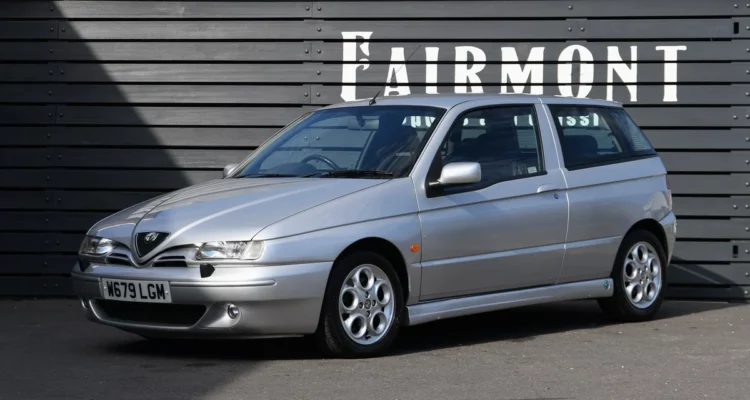Recognising the Rare – Obscure ’90s Supercars
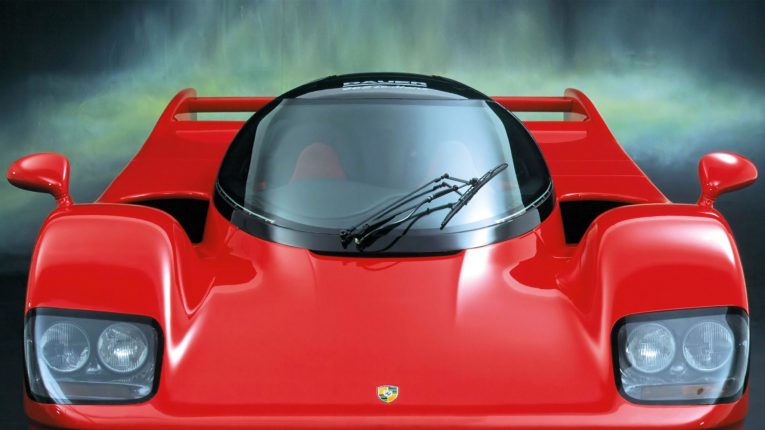
Our recent Bugatti EB110 feature sparked a bit of one-upmanship here at Car and Classic as we tried to out-do each other by naming increasingly random and obscure supercars from our childhood packs of Top Trumps. That was all the inspiration we needed for an article so we thought we would pay tribute to some of the not-so-celebrated one-offs that sat side-by-side with the more recognisably successful behemoths of the incredibly wonderful era of the ’90s supercar.
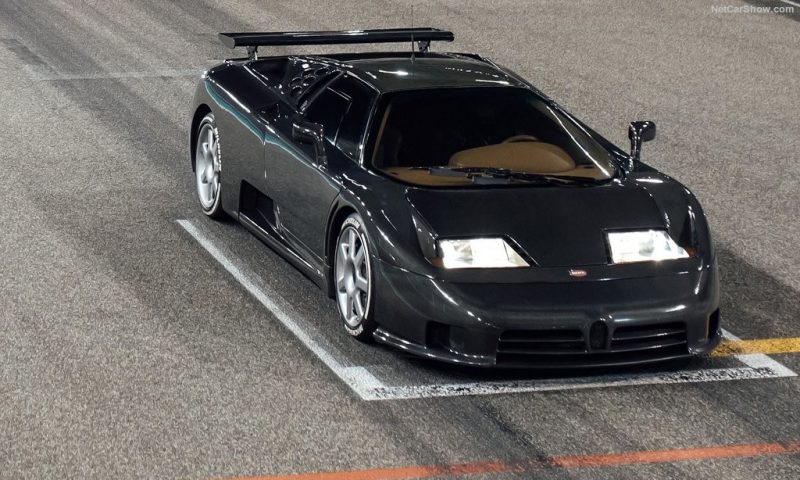
Everyone remembers the Ferrari 355, Lamborghini Diablo and Porsche 993 Turbo and there are supercars from other, smaller manufacturers that also enjoyed their fair share of the limelight – legends like the McLaren F1 and Jaguar XJ220, for example, but what about those rare, one of a kind cars produced by small, independent companies? Companies that had a vision to build something a little bit special regardless of trends or bottom line profit margins. Companies that threw caution to the wind and went for it anyway, just because.
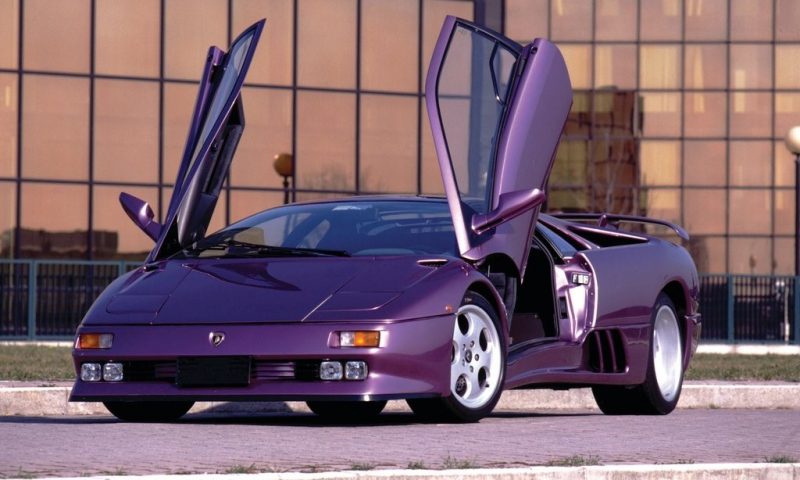
For whatever reason these particular supercars didn’t entirely catch on. Perhaps the engineering wasn’t quite up to the standards of the more established auto makers, or maybe they simply ran out of money – this was at a time when the prior excesses of the 80s came grinding to a halt don’t forget. Regardless of the rationale though we’re just grateful that these cars got to exist in the first place, if only for a brief moment. They were flamboyant, in your face and fast but unfortunately, as we all know too well, the star that burns twice as bright burns half as long and many have since fallen by the wayside of public consciousness, wallowing in relative obscurity ever since.
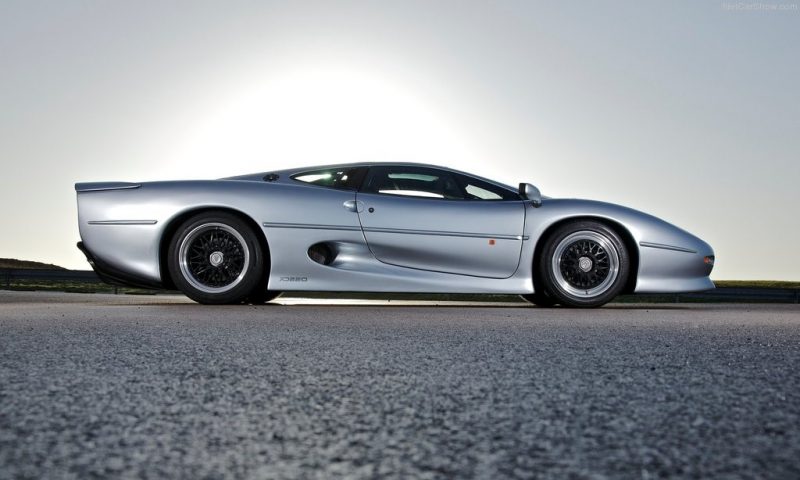
Well that’s where we come in. To remind you that these marvellous machines were built and they made an impact – that they existed and they were awesome. So dig out those old Top Trumps cards and let us take a trip down memory lane to pay tribute to the supercars of the ’90s – the fallen heroes. We’ll go first…
Vector W8
Number one on our appreciation list is the American-built Vector W8. A wedge-shaped twin-turbo, V8 beast that produced over 600bhp and around 650lb-ft of torque. Boost pressure was adjustable via the cockpit (from 8 to 14psi) so you could go full Spinal Tap if you wanted. Things may have changed nowadays, design-wise, but if you had handed us a crayon when we were eight years old and told us to draw some supercars we would have probably come up with the same basic shape as the Vector. Classic.
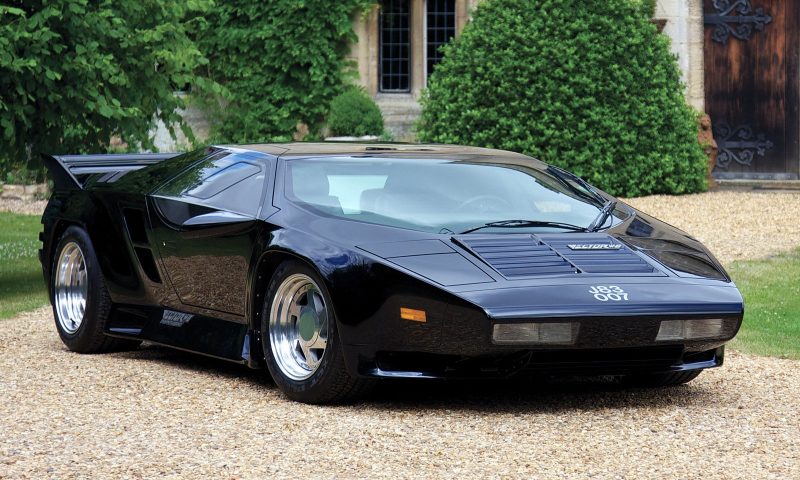
Designed and developed by Gerald Wieger and David Kostka the W8 was put together using a combination of aluminium, carbon fibre and Kevlar and was based on an earlier prototype called the W2. Only 19 cars were produced (including 2 prototypes) before the company folded in ’93 due to financial problems however.

Not only was a W8 famously owned and subsequently returned by tennis legend Andre Agassi due to fire damage, it also made a brief appearance in the 1993 Wesley Snipes/Sean Connery thriller Rising Sun, based on the Michael Crichton novel of the same name. In the movie the car is used briefly to escape from pursing police and promptly ends up in a ball of flames. Art imitating life much?
Venturi 400 GT
We were reminded of Venturi on our visit to the 24 Hours of Le Mans this year thanks to a display in the village at the track and Venturi’s historic presence at the iconic race helped to bolster its reputation over the years. The story of the French manufacturer goes back to 1984 and it remained a relatively successful player in the automotive game until its demise in 2000 whereupon it was bought out with a change of tack to focus on electric vehicles rather than supercars.
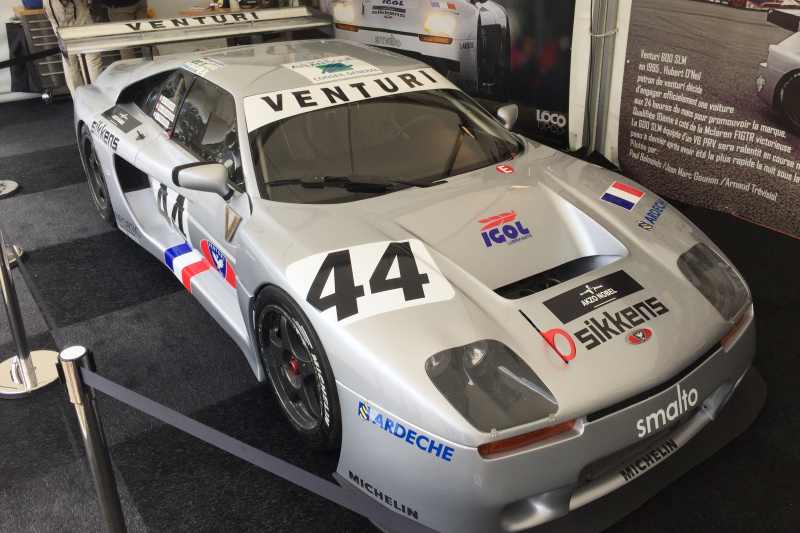
The mid-engined, rear-wheel-drive 400 GT was produced between 1994 and 1997 as a road going version of the Venturi 400 Trophy competition car which spawned its own race series – the Gentlemen Drivers Trophy. The GT featured the same dual-turbo set up as the Vector but this time they were strapped to a 3.0-litre V6 producing around 400bhp. With a sub-5 second 0-60 time and a top speed of 180mph the 400 GT remains one of the fastest cars to ever come out of France, pioneering the use of carbon brakes as standard equipment along the way.
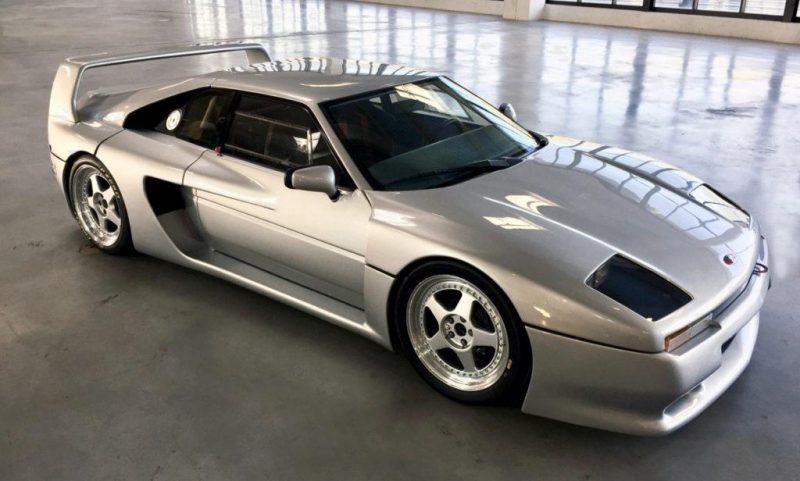
With its huge rear wing the car gives off serious Ferrari F40 vibes and we love the way it looks. Toned down somewhat but more comfortable than the race-prepped Trophy the 400 GT was France’s answer to the Italian supercars of the day and it remains a handsome, powerful and rare piece of automotive history.
Jankel Tempest
It’s clear to see that the Tempest was based on the Corvette C4 convertible – just look at it – but visual similarities is about where the comparisons stop because the rest of the car was pretty much completely rebuilt by British car designer Robert Jankel.
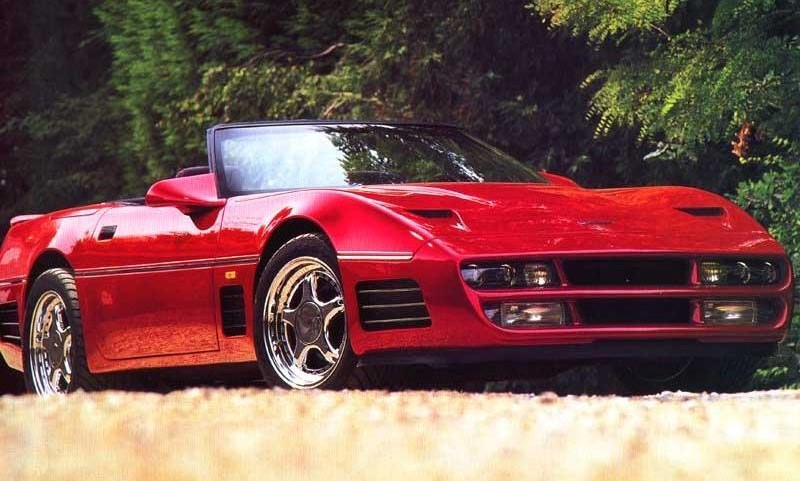
Following the collapse of his former sports car endeavour, Panther Westwinds, Jankel began concentrating his efforts on creating specialist vehicles for those possessing more money than sense. For fear of pricing himself out of business he decided to put together a far more useable proposition but still unique enough and with sufficient performance to keep his clients happy. And so the Tempest was born. Hardly a storm in a teacup the 530bhp monster had a 6.3-litre, supercharged V8 under it’s long bonnet that allowed for a top speed of over 200mph and a 0-60 dash in around 3.3 seconds. With enough torque to safely relocate your house the Tempest was almost impossible to drive in anything less than perfect conditions. Yes, you could opt for the standard Corvette engine but where’s the fun in that?
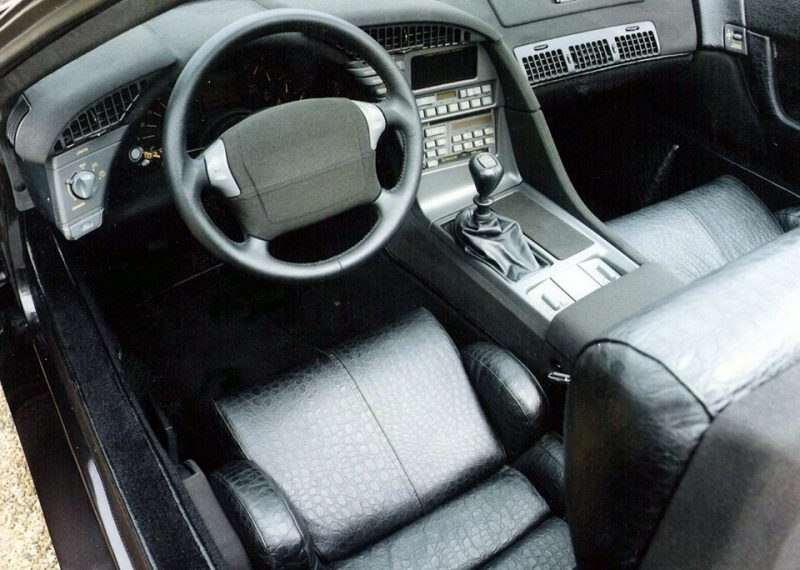
Not only was it faster than its rival supercars at the time, it was also cheaper and easier to live with thanks to its humble Corvette beginnings. With a level of exclusivity, along with exotic materials like Kevlar and imitation ostrich hide, the Tempest still ticked all the right boxes for the oil sheiks and property barons that Jankel was used to catering for and all but one of the thirty-odd cars produced were shipped off to the Middle East. Shame.
Cizeta-Moroder V16T
Built between 1991 and 1995 the Moroder takes the trophy for largest engine in our list and would easily win most rounds of Top Trumps based on number of cylinders. As you may have guessed from the name this Italian supercar came with a V16 motor with the ‘T’ representing its transversally mounted position behind the driver. Chief engineer Claudio Zampolli’s 6.0-litre, all aluminium lump was built as a statement piece to put Cizeta on the map and was capable of smoothly sending 540bhp to the rear wheels via a five-speed manual gearbox.
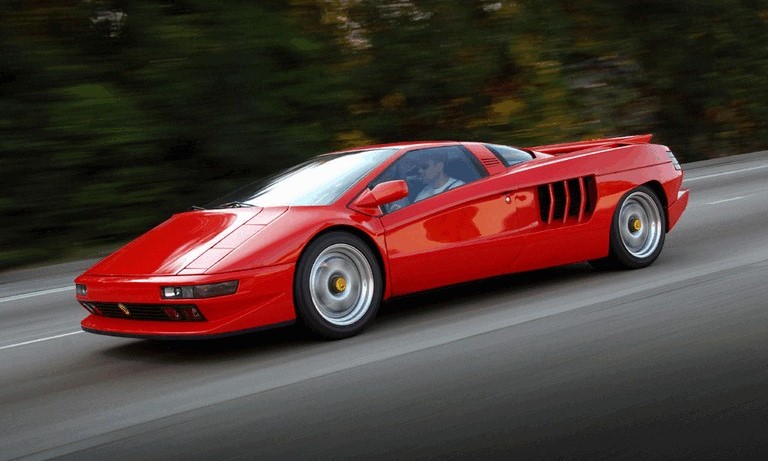
The Marcello Gandini penned body shared more than a passing resemblance to another of his designs at the time, the Diablo, but that’s not to take anything away from the striking aesthetic of the Moroder. It was big, with a traditional tubular steel chassis, but then it had to be to accommodate that huge sixteen-cylinder engine and it was all put together by a dream team of past Lamborghini engineers assembled by Zampolli to help realise his dream.
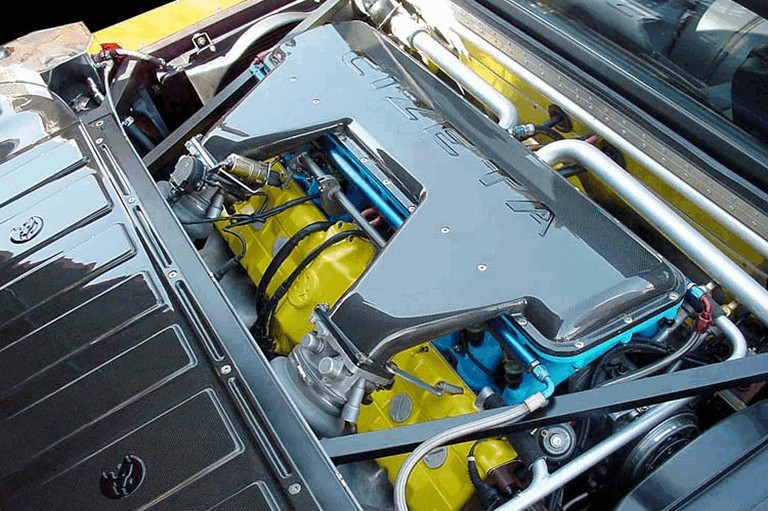
Record producer Giorgio Moroder leant his money and name to the project which got things rolling but later pulled his support and in an act of spite Zampolli dropped his name from the badge. It’s an arresting sight and very much a product of its time. It was a true 200mph plus supercar that unfortunately didn’t quite break out, mainly due to not meeting safety and emissions regulations making it moot in the US, and so only around ten were ever produced. We love it. It could get to 60mph in just over 4 seconds and what’s cooler than a set of pop-up headlights? Two sets of pop-up headlights, obviously.
Tatra MTX V8
If we were to ask you what countries spring to mind when we say the word supercar we can almost certainly guarantee that the Czech Republic would feature pretty far down the list, if appearing at all. Still known as Czechoslovakia back in 1991, when the Tatra MTX V8 was conceived, the country was yet to split into two sovereign states and the car was spawned by the holy matrimony of Tatra and MTX – two Czech auto manufacturers, the latter of which built racers and had the initial idea to develop the new car, free now from the chains of communism.
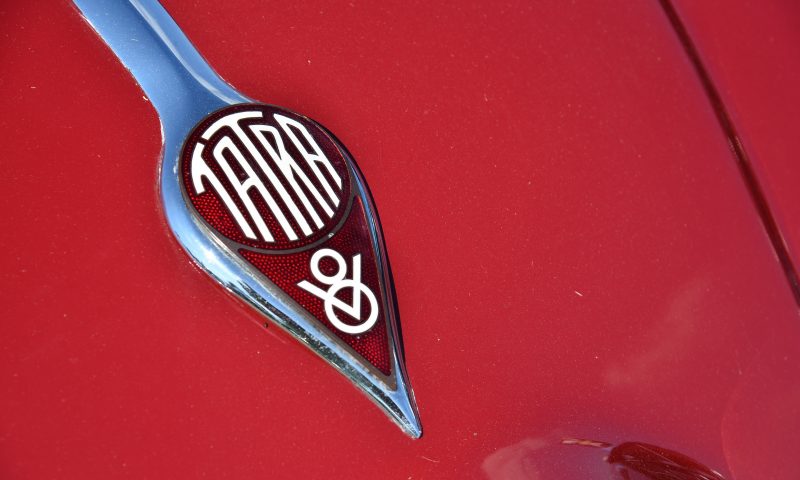
Designed by Václav Král the car was unveiled to a rapturous crowd at the 1991 Prague Motor Show and orders were immediately received. With a 4.0-litre V8 supplied by Tatra, mated to a five-speed manual gearbox driving the rear wheels, the Tatra MTX V8 produced over 300bhp which was enough to propel the car to 60 in five and a half seconds and on to a top speed of 165mph. It was no slouch. It looked the part too, with pop-up headlights and scissor doors it displayed all of the aesthetic touches that were de rigueur for high-end performance cars at the time.
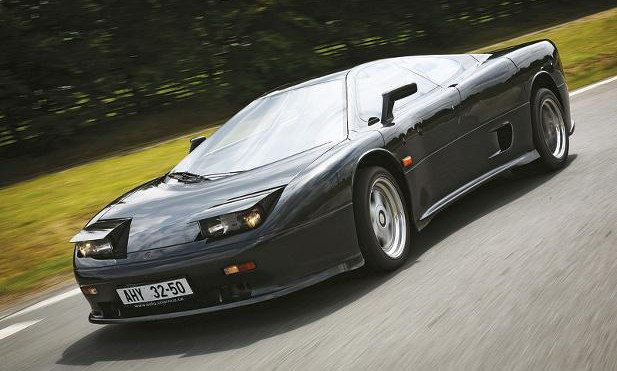
MTX quickly got to work but unfortunately after only four cars were produced the factory at Kopřivnice burnt to the ground and that was the end of that. Who knows what could have been – at the time the Czechs were (in)famous for producing Skodas which were always a source of derision in the playground, the butt of many a joke. A respected manufacturer now but perhaps if the Tatra MTX V8 had been successful kids would be proudly regurgitating the car’s specs to their friends instead of regaling them with ‘what do you call a Skoda with a sunroof?’ gags.
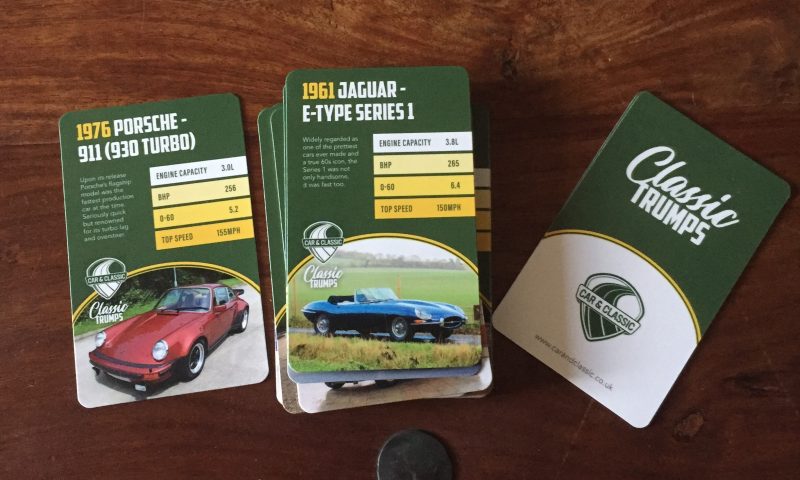
There are more besides these and we encourage you to dig them out and reminisce about a time when one-off, interesting supercars were still being made. Ultimately doomed for the most part, they still represent a fascinating insight into an era when everyone was trying to out-do each other, just as we were when talking about these cars as inspiration for this article, and such is the aim of that famous card game that we all loved so much growing up.

